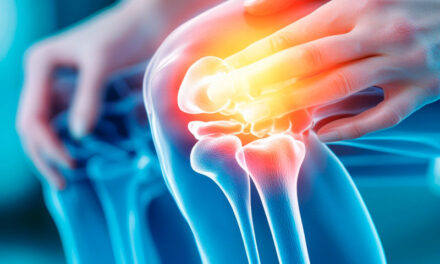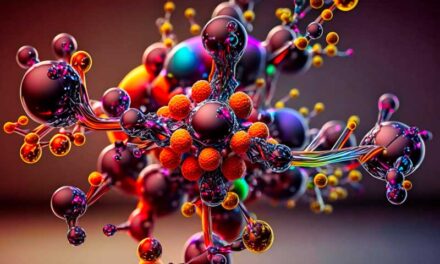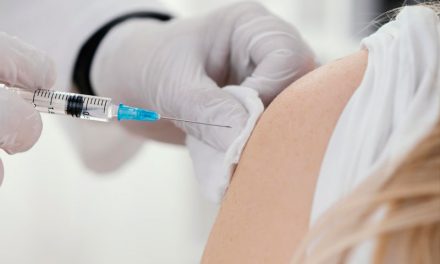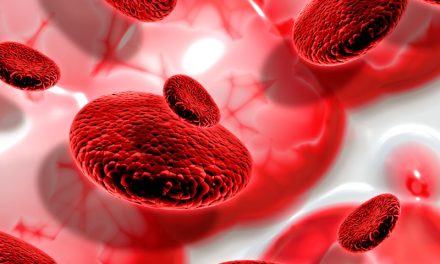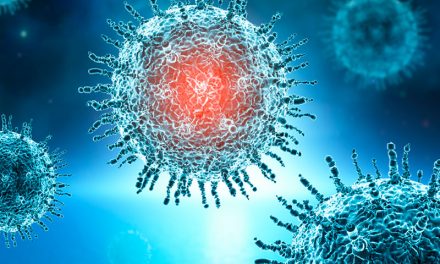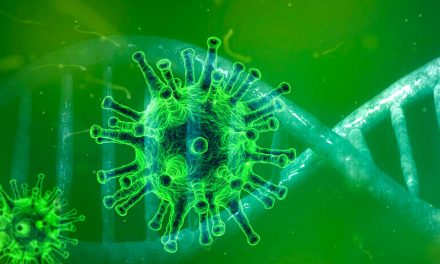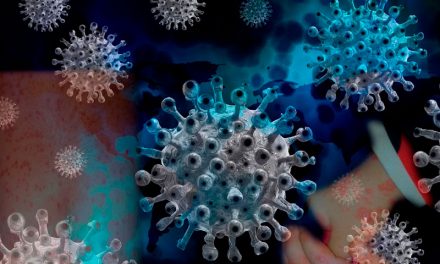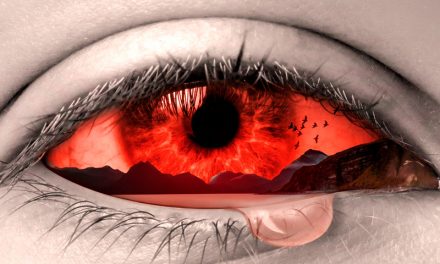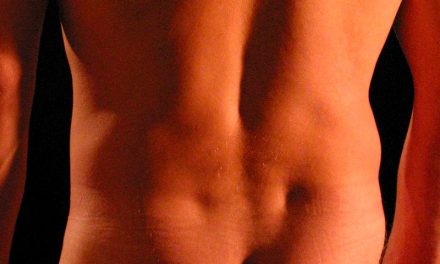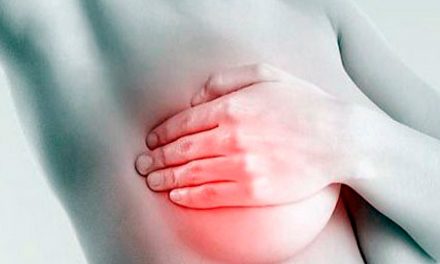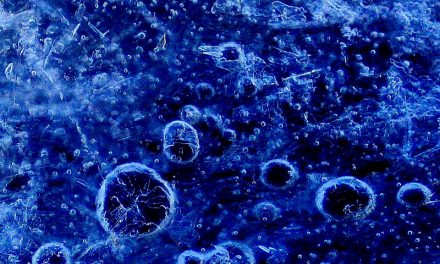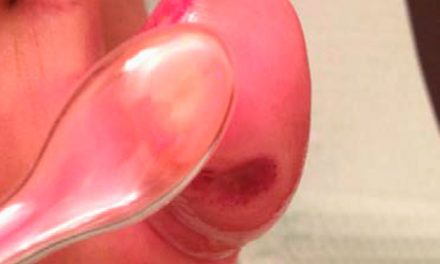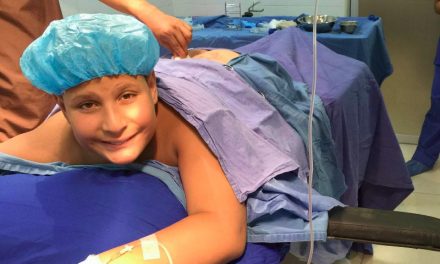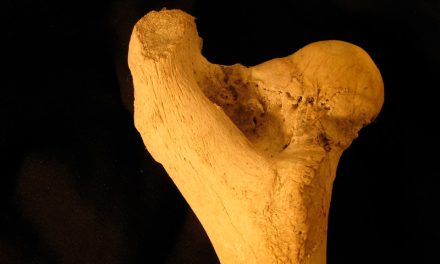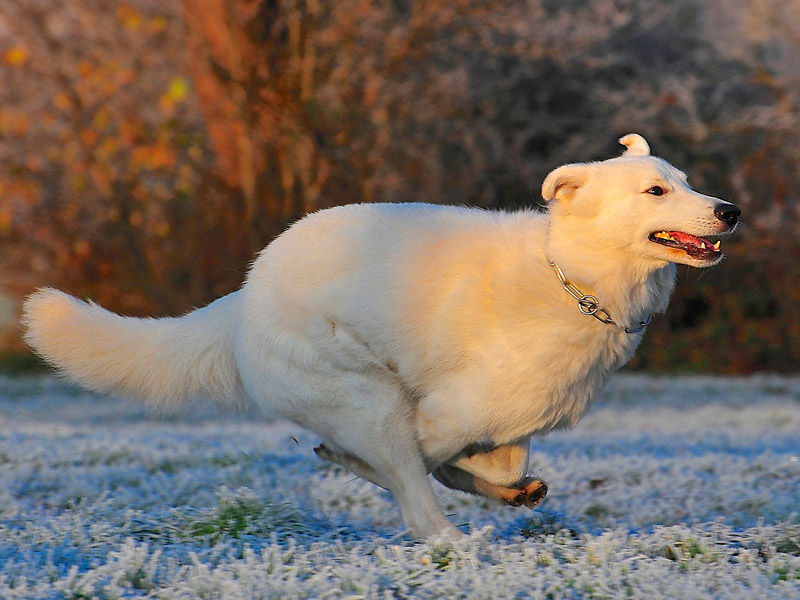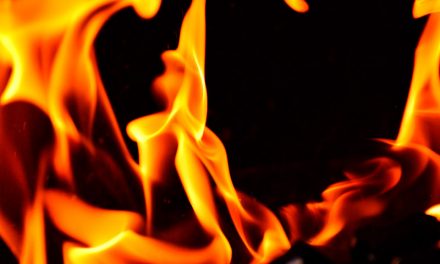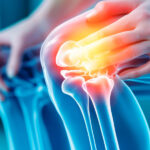Artículo Original
Autores
Mercedes Hernández Avilés
Palabras clave
Ozono
Plasma Rico-Pobre en
Plaquetas
dolor
factores de crecimiento
osteoartritis
artrosis cadera
cojera
perros
Resumen
Los síntomas como dolor, cojera, debilidad muscular, disminución de la actividad etc., forman parte de la consulta diaria en las clínicas veterinarias. Las terapias habituales que incluyen antiinflamatorios, analgésicos, cirugías…Palian o solucionan en gran parte los problemas, pero a veces los efectos secundarios de estas terapias impiden el uso de las mismas. E incluso los costes desaniman al propietario a seguirlas. Los tratamientos con Ozono en Medicina Humana hace años que están contrastados científicamente y bien documentados. Buena muestra de ello lo constituyen la gran cantidad de publicaciones y la calidad de los congresos. En Medicina Veterinaria tenemos todavía mucho recorrido por hacer. Este trabajo pone de manifiesto las grandes expectativas que se abren con la aplicación de la Ozonoterapia
Use of ozone and ozonated growth factors in musculoskeletal disorders of the canine species
Keywords
Ozone
Plasma rich-poor in platelets
Pain
Osteoarthritis
Lameness
Osteoarthritis of the hip
Dogs
Abstract
Symptoms such as pain, lameness, muscle weakness, decreased activity, etc are part of daily practice in veterinary clinics. The standard therapies including anti-inflammatories, analgesics or surgery and others, improve or resolve problems normally, but sometimes the side effects of these therapies prevent their use. On the other hand, their high costs discourage the owner from using them. Ozone treatments in human medicine has been well documented and scientifically corroborated years ago. Good examples of this are the large number of publications and the quality of the specialized conferences. In veterinary medicine we still have a long way to go.
The purpose of this work was to study the anti-inflammatory and analgesic effects of the ozone and of the growth factors platelet-derived with activated ozone in canine species. The animals were divided into two groups; in group 1 were placed animals diagnosed with osteoarthritis, in group 2 were animals with spinal pain or pain in the extremities.
In group 1, the animals were treated with ozone and growth factors and in group 2 with ozone only.In group 1, 85% showed a significant improvement and in group 2, about 93%.This study shows an open door to a whole new world for the application of ozone therapy in veterinary medicine.
This post is also available in:  English (Inglés)
English (Inglés)



